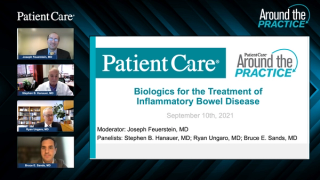
Inflammatory Bowel Disease
Latest News
Video Series
CME Content

Guselkumab (Tremfya) Wins Approval for Crohn Disease, Fourth Indication for Immune-Mediated Diseases
The IL-23 inhibitor is the only drug in the class available with both subcutaneous and intravenous administration options for treatment induction, according to J&J.

Your daily dose of the clinical news you may have missed.

The INTERCEPT project aims to build a blood risk score that can identify individuals with a high risk of developing Crohn disease within 5 years of initial evaluation.

Marketed as Omvoh, the therapy is already approved as a first-in-class treatment for moderately to severely active ulcerative colitis.
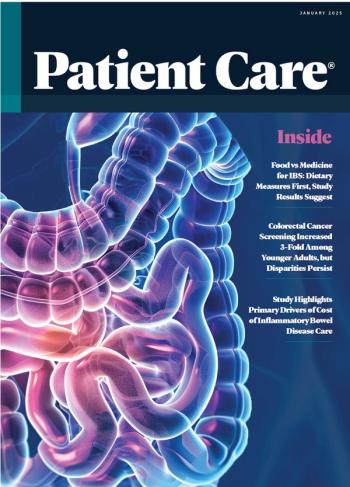
Find details on US colorectal cancer screening rates, dietary interventions for people with IBS, and research on the primary drivers of cost of IBD care.

Your daily dose of the clinical news you may have missed.

Results from secondary analysis suggest future work is needed to extend the prevention intervention to address additional chronic conditions and substance use.
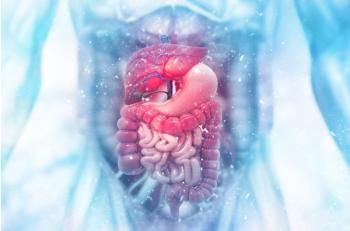
Unplanned emergency service and medication utilization make up the majority of costs of IBD care, reported researchers.
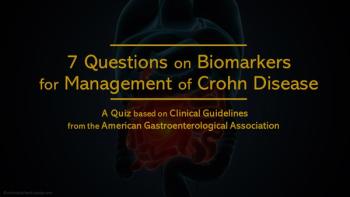
When does management of Crohn disease warrant assessment of C-reactive protein and fecal calprotectin and when is endoscopy indicated? Test your IBD IQ.

Your daily dose of the clinical news you may have missed.
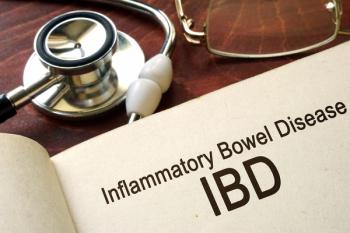
Findings showed that IBD phenotype varied by race, although foreign-born participants of all races showed evidence of later onset and milder disease.
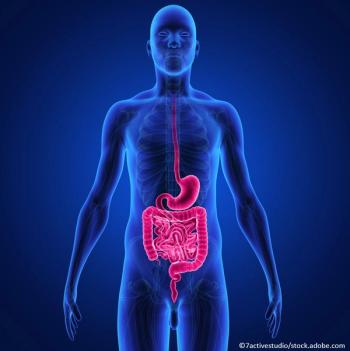
Nearly half of patients who undergo ileal pouch-anal anastomosis develop pouchitis within 2 years post-surgery; up to 80% will develop it eventually.
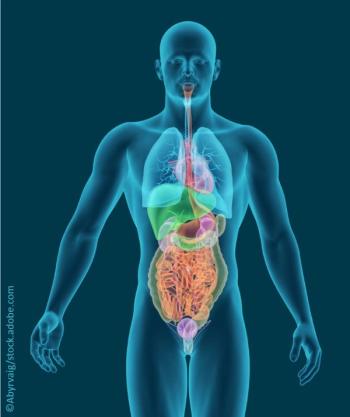
The analysis of nearly 300 000 individuals found those with IBD were more likely than the general population to have hypertension and that only UC was independently associated.
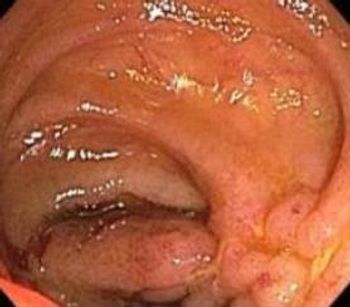
There is a lot of new information about the link between various malignancies and inflammatory bowel disease. Here: answers to 3 key questions.

Diet diaries and food frequency questionnaires are both effective tools to capture important patterns between food items and symptoms of IBD.

IDA is commonly seen in IBD as a result of iron malabsorption and, ironically, chronic blood loss through disrupted mucosal surfaces.

Patients with UC who also have celiac disease may be at higher risk for pancolitis as opposed to more limited forms of inflammatory bowel disease.

The mechanisms and effectiveness of probiotics in treatment of irritable bowel syndrome and inflammatory bowel disease are emerging.

New insights into how clinicians might approach treatment for patients with IBD highlighted the recent Crohn’s & Colitis Foundation’s Clinical & Research Conference.

The goals of therapy for patients with inflammatory bowel disorder include inducing and maintaining a steroid-free remission, preventing and treating the complications of the disease, minimizing treatment toxicity, achieving mucosal healing, and enhancing quality of life.

New drugs are needed because a significant fraction of patients reach the end of the line with existing therapies.

All patients with IBD should receive aggressive ongoing assessment of their inflammatory state and its response to immunomodulators, anti-TNF drugs, and other agents.

A purely dichotomous understanding of whether to start treatment for patients who have IBD with anti-TNF agents is becoming an outdated view.

Even the most experienced and skilled gastroenterologists in the country are struggling to make science-based decisions in this area.

A straightforward discussion drove toward attendees toward the more current understanding of the clinical and genetic overlap between the 2 major forms of IBD.















































































































































































































































































